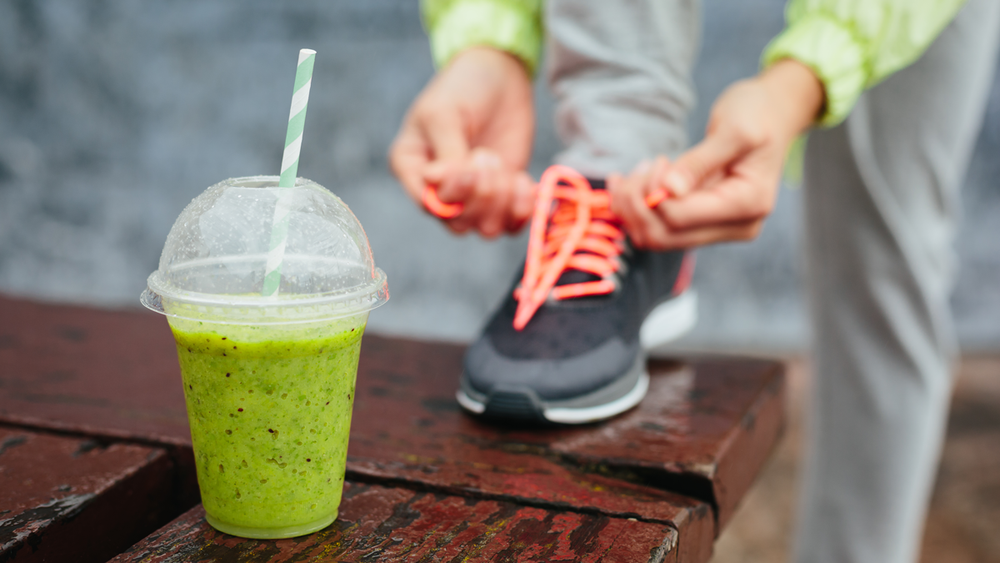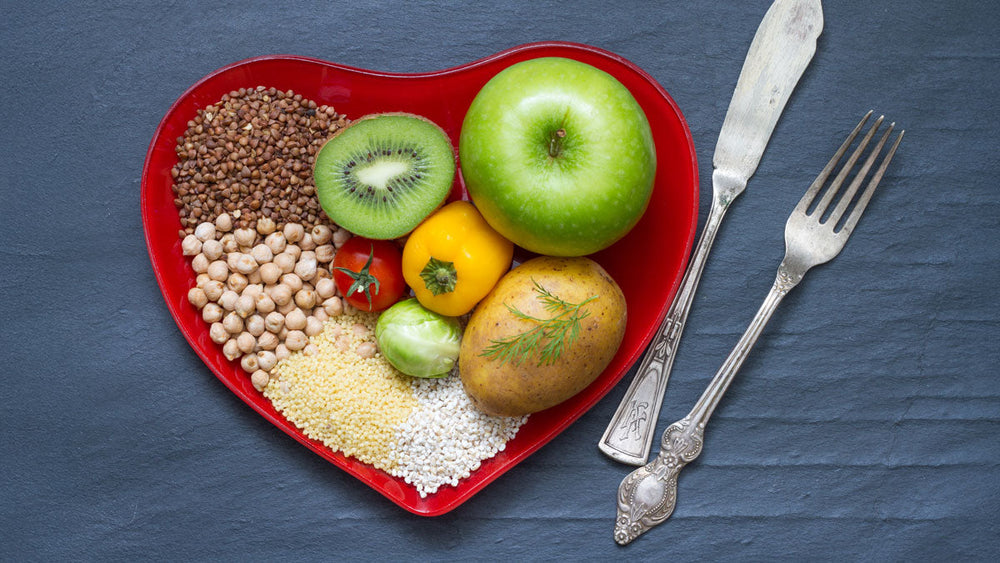“You have to wait 45 minutes after your lunch before you can get back in the pool!” – I think we all heard something similar to this when we were kids.
Our parents cautioned us against exercising right after we had eaten. They said that we would get cramps if we exercised after we ate. Is it true? How does exercise affect digestion? First- let’s talk a bit about the organs responsible for digestion and how they are controlled.
The Gastrointestinal Tract and the Autonomic nervous system.
The Gastrointestinal (GI) tract is essentially a long tube that runs through our bodies, from mouth to anus. It includes the esophagus, stomach, and small and large intestines – all of which are large muscles, of a type that is called smooth muscle. Smooth muscles work a little differently than the typical types of muscle (skeletal muscle) that we think about. For one, we don’t typically think about it at all – as the GI tract is controlled by our body’s autopilot: the autonomic nervous system.
The smooth muscles of the GI tract do most of their work when the rest of our bodies are in a more relaxed state. When we are relaxed, the parasympathetic branch of our autonomic nervous system is most active, which keeps our heart rate low and metabolism low, but increases the activity of our GI tract. The GI tract rhythmically contracts to push food through it and allow for digestion in a process called peristalsis. Parasympathetic nervous activity increases the speed of peristalsis, or gut motility (movement).
What happens when we exercise?
When we become more active, we see a shift in our nervous system activity, in which parasympathetic activity is lowered, and the sympathetic branch becomes more active. The sympathetic nervous activity allows us to increase heart rate and metabolism so we can move (fight or flight response), but it lowers the speed of peristalsis. Also, sympathetic nervous activity reroutes blood flow within your body, increasing flow to the heart and active skeletal muscles and reducing flow to the GI tract.
Mom and Dad were right to an extent, as hard exercise right after you have eaten a heavy meal can cause you to feel discomfort, due to the temporary reduction in peristalsis and blood flow to the GI tract. As a consequence, food can “sit heavy” in your gut, and you may feel a stomach ache. It is not a given though.
Whether or not you feel discomfort if you exercise right after eating depends a lot on how hard you exercise and what/how much you ate. Harder exercise means more sympathetic nervous activity, so a greater reduction of blood flow/peristalsis, which = a greater risk of a stomachache. Coupling this with greater amounts of food, and in particular, slower-to-digest foods like fat, fiber, and protein will also increase the odds of stomach discomfort.
It also bears mentioning that there is a high level of variation between people – some folks seem immune to stomach discomfort with exercise. For example, back when I was competing in weightlifting, I trained with a guy who ate pepperoni pizza during his squat workout! He does a set of squats (like 5 reps at 400-ish pounds), then eats a slice, then does another set. Wrapping up his workout and polishing off a large pie at the same time. It was weirdly fascinating (and mildly disgusting) to watch.
The good news: Long-term training and digestion
Each time we exercise, we shift from a parasympathetic- towards a sympathetic-dominant nervous tone. Then, when we stop each exercise session, we increase parasympathetic activity to help us recover from the exercise session.
With regular exercise training, flipping back and forth from sympathetic-parasympathetic over many exercise bouts, as they become fitter people typically adapt towards a lower level of sympathetic activity when exercising, and a stronger level of parasympathetic activity at rest. This translates into faster gut motility/reduced risk of constipation – which is generally a good thing and one of many positive health benefits of regular exercise.



















Comments
Carolyn Tonidandel
07/06/2022 at 11:00 AM
Great!
Good information
Join The Conversation...